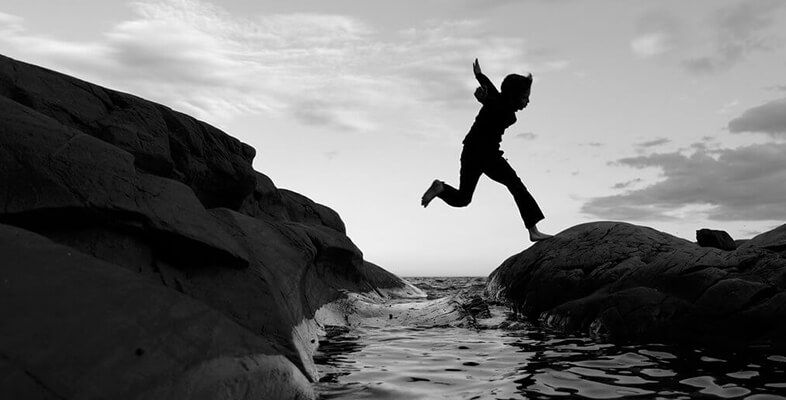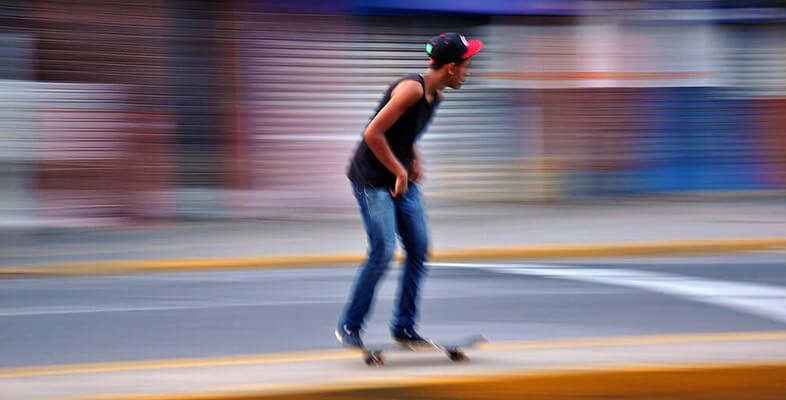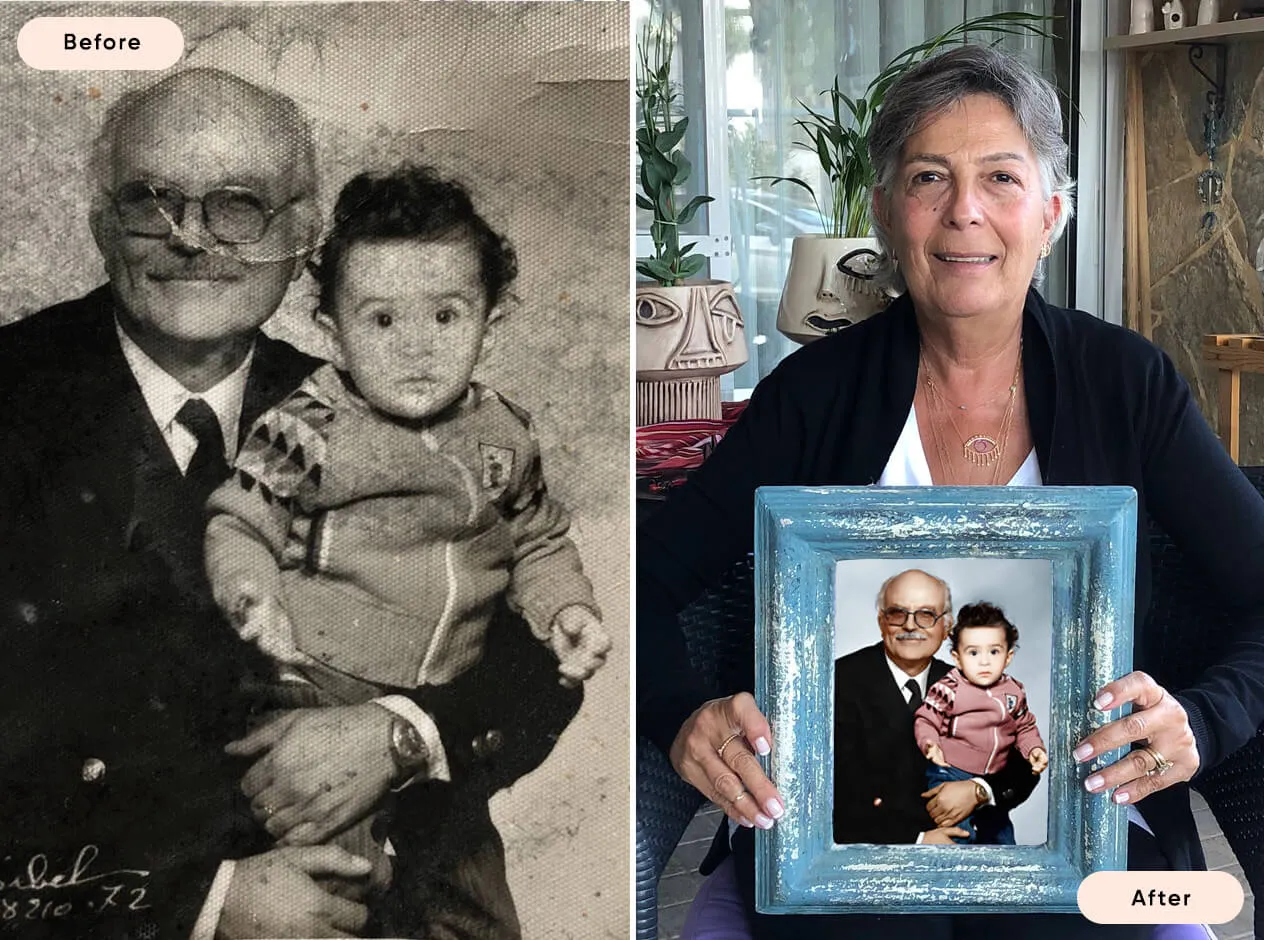Photography Techniques: Mastering Action Photography
Action photography is a thrilling domain that captures moving subjects in a dynamic and expressive way. It involves not just the act of taking a photo, but also understanding the nuances of motion, timing, and the right equipment to utilize. This blog will delve into the essence of action photography, its importance, essential gear, and a step-by-step approach to capturing impressive action shots.
What is Action Photography?
Action photography focuses on capturing fast-moving subjects, with an emphasis on motion and dynamics. This type of photography is often seen in sports, wildlife, or any scenario where subjects are in motion. A well-captured action photograph should convey a sense of energy and drama, making viewers feel as if they are right there in the moment.
Action photography requires keen observation, quick reflexes, and an understanding of the timing involved in capturing a decisive moment. It's about freezing time while also evoking emotion through motion. The excitement of catching an athlete at the peak of their performance or a bird mid-flight is what makes this genre so exhilarating.

When is the Action Photography Technique Useful?
The action photography technique is useful in various scenarios, each with its unique requirements and challenges. Here are a few examples where this technique shines:
Sports Events: Whether it's football, basketball, or gymnastics, sports events are a playground for action photographers. Understanding the flow of the game and predicting player movements is crucial for capturing the perfect shot.
Wildlife Photography: Photographing animals in their natural habitat requires patience and the ability to react quickly. Whether it's a hawk diving for prey or a gazelle leaping across the savannah, action photography is vital to depict these moments.
Adventure Sports: Activities such as skateboarding, snowboarding, and surfing provide endless opportunities for action photography. The thrill and adrenaline of these sports can be beautifully encapsulated through dynamic shots.
In essence, action photography is most useful in scenarios where movement is inherent, providing an exciting and sometimes unpredictable environment for photographers.
Essential Gear for Action Photography Images
Having the right gear is fundamental to successful action photography. Here are some essential pieces of equipment:
Camera Body: A camera with fast autofocus and a high frame rate is critical. DSLRs or mirrorless cameras are often the go-to choices for professional action photographers.
Lenses: A versatile zoom lens (such as 70-200mm) is ideal for action photography, enabling you to capture subjects from various distances. Fast prime lenses with wide apertures (like f/2.8 or f/1.4) also provide excellent results in low-light situations.
Tripod or Monopod: A sturdy tripod is essential for stability when capturing slower-moving subjects, while a monopod offers flexibility for quick movements in action photography.
Memory Cards: Fast memory cards with high write speeds help keep up with continuous shooting, ensuring you don't miss a moment.
External Flash or Speedlite: In unpredictable lighting conditions, a flash can help illuminate moving subjects without compromising on quality.
Equipping yourself with the right gear lays a solid foundation for capturing incredible action shots, allowing you to focus on your creativity and technique.

How to Capture Action Photography Photos: A Step-by-Step Approach
Capturing excellent action photographs requires more than just the right equipment. Here's a step-by-step approach to help you succeed in this genre:
1. Understand Your Subject
Before you even pick up your camera, take time to understand the subject you want to photograph. If it's a sporting event, familiarize yourself with the rules and player movements. In wildlife photography, observe animal behavior to predict actions.
2. Set Your Camera
Shutter Speed: Use a fast shutter speed (at least 1/500s) to freeze motion.
Aperture: A wide aperture (f/2.8 or lower) can help blur the background, emphasizing the subject.
ISO: Adjust the ISO based on available light; higher ISO may be necessary in low-light conditions, but be cautious of noise.
3. Continuous Shooting Mode
Activate your camera's continuous shooting mode, allowing you to take multiple shots in quick succession. This increases the chances of capturing the perfect moment.
4. Anticipate the Action
Be prepared and keep your eye on the action. Anticipating when and where the action will happen is key to clicking that perfect shot at the right moment.
5. Focus on Composition
Consider the composition of your shot. Use the rule of thirds to frame your subject dynamically and create impact. Look for interesting angles that convey motion.
6. Review and Adjust
After taking a few shots, review them to ensure you're achieving the desired outcome. Adjust your settings as necessary, especially if the lighting conditions change.
By following these steps, you can improve your action photography skills, bringing your subjects to life and conveying their energy through stunning images.
In conclusion, action photography offers a unique blend of excitement and technique, making it a rewarding pursuit for any photographer. By understanding the principles behind this art form and equipping yourself with the right tools, you can capture breathtaking moments in time that tell compelling stories. As you continue to practice and hone your skills, remember that the most important element is to enjoy the process and embrace the thrill of capturing motion.
For further reading on photography techniques, you can refer to this insightful article that outlines similar concepts and provides additional tips.

Or Get YourMoney Back
back your money in the rare case you are not satisfied with the quality of your
damage-free pictures. Only $38 for most image restorations regardless of damage

All rights reserved.